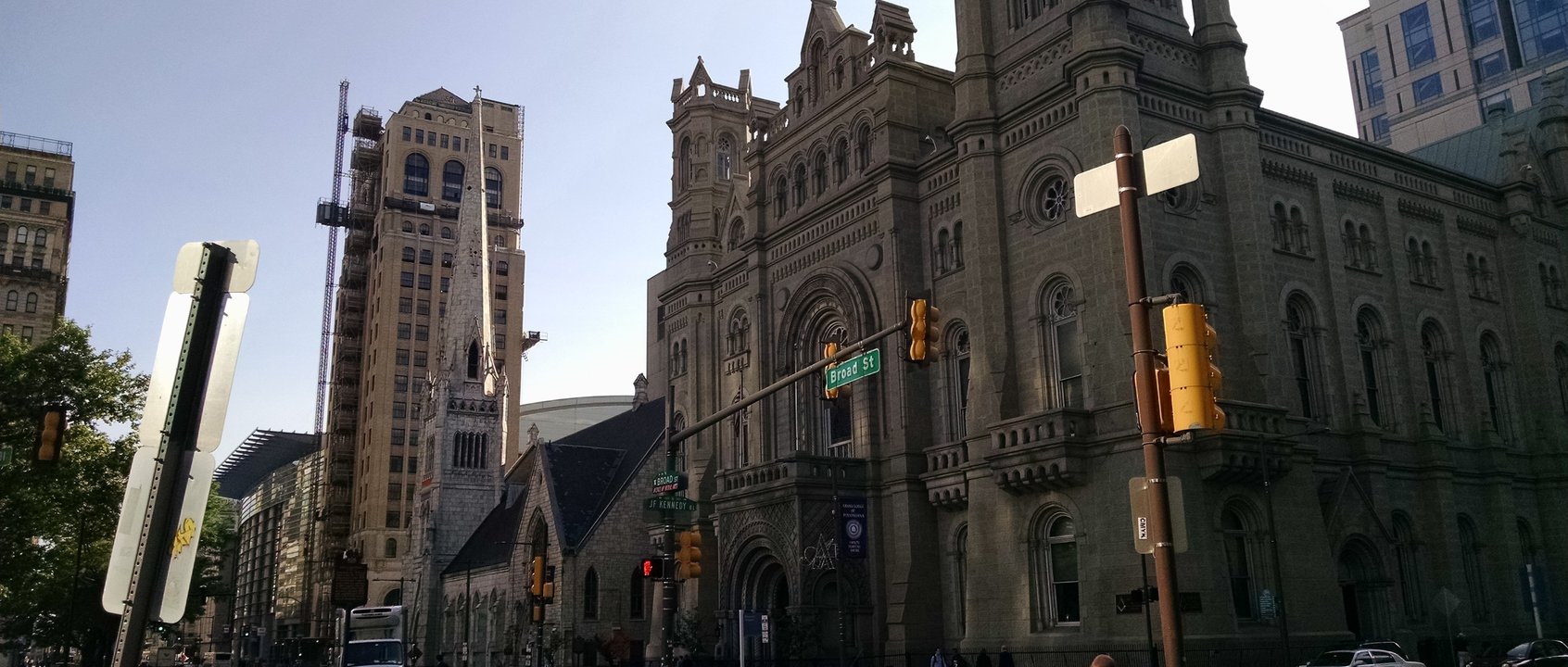Article by Daniel Thornton, AIA, CDT, LEED AP
In the final keynote of this year’s AIA Convention, Rem Koolhaas not only discussed Architecture as a collective memory of our past but also established a launching point for consideration of the profession’s future. Koolhaas pointed out that architecture faces a significant challenge in the Information Age; architecture is historically slow to make impact, but new technology and unprecedented availability of information is catalyzing continuous and rapid change. When buildings take multiple years to complete, how can architects possibly keep pace staying relevant?
One approach would be technical innovation; we can develop new materials, approaches, and techniques to deliver products faster. As Neri Oxman discussed, we are not that far away from printing complete buildings. Imagine complex buildings that are complete within weeks, not months, of hitting “build”. Or structures will be designed with greater ability to change; operable walls, programmable facades, and replaceable modules all lead to an architecture that mutates easily over time. Or even further, we might rethink what it is architects deliver: in his presentation “Breaking Out of the Box: A Designers Guide to Leadership”, Ricardo Rodríguez pointed out an interesting trend in business: Uber, a giant in private transportation, owns no vehicles. Airbnb, a travel accommodation juggernaut, owns no real estate. Facebook, the world’s biggest media source, creates no content. How might architects follow suit: by creating a framework that facilitates direct action by the end user to design safe, functional, beautiful buildings. While the horrendous potential consequences are frightening to consider, it is certainly not outside the realm of possibility.
But for many architects, the opportunity to create, design, and have a meaningful influence on society are top reasons that attracted them to the profession. In “Small Firms Making A Difference”, AIA’s Small Firm Exchange touted architects’ ability to effect change by advocacy and community engagement. Given JCJ’s 7 offices, I felt like a bit of a spy among the sole practitioners, but many of the lessons were universal in their applicability. Architects can offer their input to policy makers as experts in many topics. They can contribute to efforts in response to local disaster. They can help communities rethink how they use public spaces. They can teach students about the construction industry. In short, we can use our knowledge and skills not only to design buildings, but to directly improve the here and now. If that isn’t staying relevant, then I’m not sure what really is.
A third avenue is for architecture to respond directly to digital technology advances and generational trends. As part of our month long 30 Days of Design celebration, we’ve had several discussions about Millennials – their values, their use of space, and contrasts in their perception. It’s far too big a topic to adequately address here, but a few trends quickly come to mind; architecture is moving towards greater flexibility and increased user options in response to Millennials preference for mobility and a variety of settings. Partially in response to new wireless technologies, there is also a trend toward more comfortable and social settings for all project types. As this trend continues, architects might also more seriously consider “sharability”; this is not simply providing a place for “the perfect selfie”. Architecture can be evaluated in terms of the user’s response – what is it doing that is so great you would want to share it with all your friends? It might be something unexpected, socially impactful, innovative, or an irresistibly beautiful moment, but it should have something . This kind of thinking is already happening, as Millennials are affecting the industry from within; many Millennials are already in positions of practice and leadership, both within established firms and by starting their own. As they (and later generations) grow as architects, they will bring new values to the forefront, and architecture will continue to evolve.
Although not specifically discussing Millennials, when asked about the numerous architects (Julien De Smedt, Jeanne Gang, Bjarke Ingels to name a few) who have achieved international recognition after working at OMA, Koolhaas vehemently denied ever being a mentor. With jokes aside to denying responsibility for their works, he expressed that his relationship with his colleagues is never mentor to mentee but rather as two individuals working and learning together. And perhaps that is the most important lesson from the convention: When we truly collaborate, with an open mind, a desire to learn, and a mutual interest in the success of the project, great things happen.










